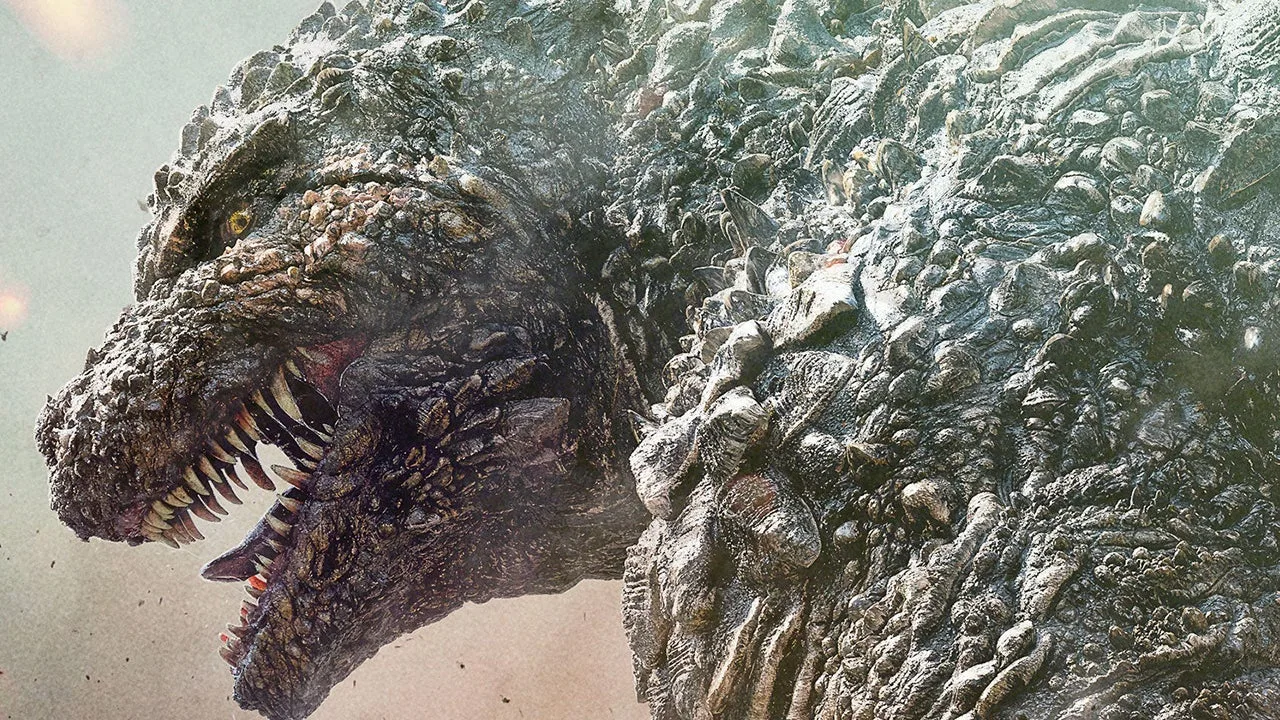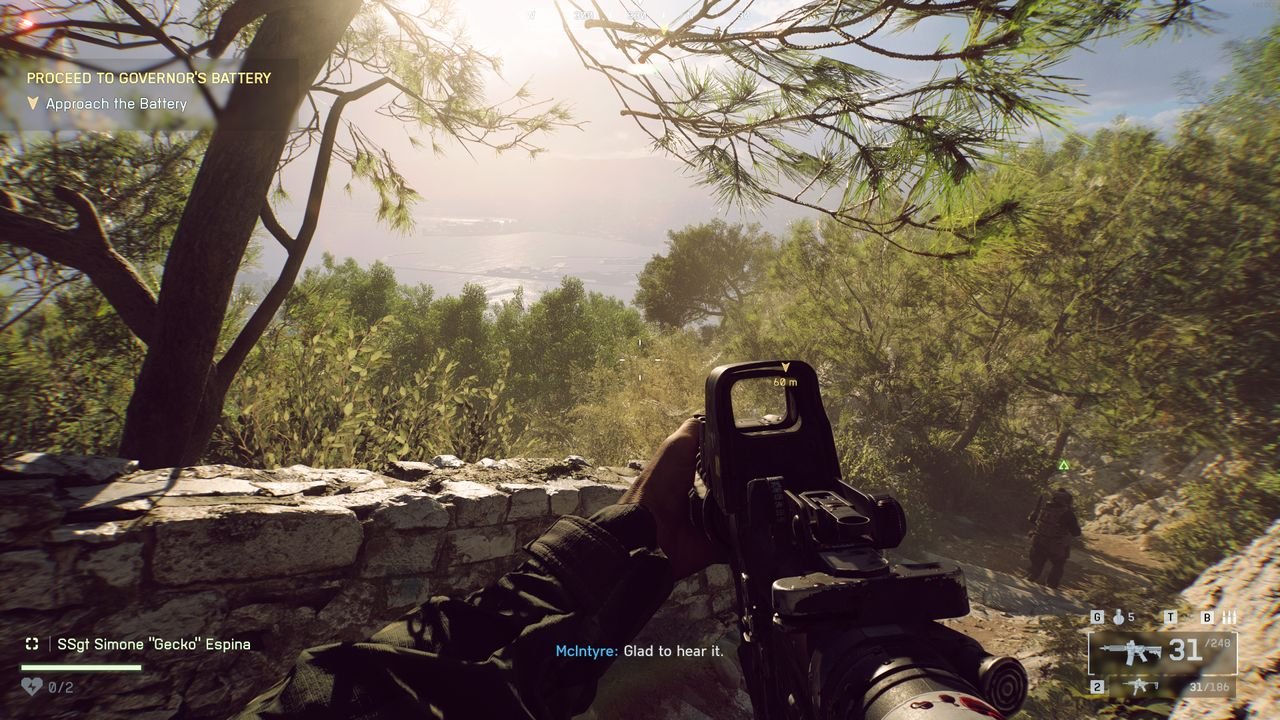Minus One Proves That Godzilla Is the Most Versatile Character in Film History
This article contains full spoilers for Godzilla Minus One.
Godzilla Minus One, the latest installment in the venerable kaiju franchise, is currently making big waves in theaters. Between universal acclaim from critics (including IGN’s), an A CinemaScore, and enough audience demand that production company Toho has extended the film’s North American theatrical run, the Big G’s latest outing is looking like an unqualified smash hit. In fact, it’s already taken the throne of the highest-grossing Japanese film of all time at the United States box office. Given that the film was produced to celebrate the franchise’s 70th anniversary (technically next year, but Toho and Legendary Pictures can’t release Godzilla films in the same year and Godzilla x Kong: The New Empire is coming up in 2024), the film’s success indicates the King of the Monsters is as popular as he’s ever been.
But does it tell us more? Sure, Godzilla is a cultural icon, and is one of the few non-American film franchises to have generational appeal worldwide. But what has given Godzilla such long-lasting popularity? Minus One is the 37th Godzilla film, and it’s being heralded as one of the best ones yet, so how is there still new material to mine from this single monster? Well, Minus One also provides an answer: Godzilla has lasted this long because he is perhaps the one character in film history with the greatest potential for reinterpretation, and filmmakers are still finding new things for him to represent seven decades on. How so? Let’s take a look.
Godzilla Minus One: Rising From the Sea
To understand how Godzilla Minus One’s revamp of Godzilla fits into the wider legacy of the character, we first have to look back at said legacy. That means going all the way back to the original 1954 classic directed by Ishirō Honda, simply titled Gojira (and released in a heavily edited form in America as Godzilla: King of the Monsters! in 1956). That movie, which Minus One parallels by setting itself in the post-WWII era that the original film was created in, starred Godzilla as an overwhelmingly destructive force, and a clear metaphor for the devastation caused by the atomic bombings of Hiroshima and Nagasaki in 1945. Although the suit and miniature effects have obviously aged, the film’s power stands because of how Honda commits to portraying Godzilla’s wrath as a snapshot of Japan’s cultural anxiety at the time.
However, although Godzilla is undoubtedly the antagonist of the 1954 film, he is still a multifaceted creature even in his first outing. Godzilla may have arrived to devastate Japan and terrified audiences at the time because of how the destruction he leaves reflected the very real scars the country was still recovering from after the war, but the film acknowledges that Godzilla was mutated and “awakened” by hydrogen bomb tests. This paints Godzilla’s rampage as something he’s not necessarily entirely responsible for, since he is as much a victim of atomic weaponry as the country he terrorizes. America and the bomb, even though they factor very little into the direct plot of the film, still haunt the picture as the story’s ultimate villains that have unleashed nature’s fury upon the Japanese populace. That said fury takes the form of a giant nuclear dinosaur only helps make the film as entertaining as it is sobering.
Even the human drama, one of the most praised aspects of Minus One, has solid footing in the original film. Doctor Daisuke Serizawa (Akihiro Harata), who develops a superweapon known as the Oxygen Destroyer, needs to be convinced to use it against Godzilla for fear of knowledge of the weapon’s power being too great a temptation to replicate by the Japanese government. To ensure it can only be used this one time for the greater good, he destroys his research and commits suicide while using the Destroyer to kill Godzilla. At a time when another 2023 release focused on the immense guilt of having used one’s own genius to create a weapon that forever altered the world, the original Godzilla was prescient by showing a Japanese character acknowledge that some technological leaps are simply too dangerous to be allowed to exist – a character who destroys himself to ensure his work doesn’t change the world. When Godzilla was simply a movie and not a franchise, it already stood above its peers in the monster genre as a dense and nuanced work of art, and its malleability informed the various directions its sequels would take.
The Monster With a Thousand Faces
On the surface, Godzilla Minus One is a rousing blockbuster that simultaneously functions both as epic action spectacle and as an emotional character drama. On a deeper level, it acts as a philosophical refutation of Imperial Japan’s old-fashioned notion of sacrificial military heroism. It is able to operate as all three of these things in harmony without running into tonal problems or feeling cluttered because of the secret weapon baked into this franchise from the very beginning: that Godzilla, as a character, is tailor-made for solving the discrepancy between low and high art. This is because the Godzilla franchise has made contradictory tones and blending deeper themes with B-movie construction an integral part of its DNA, and its long history of changing what Godzilla means to keep up with the times has given him a longevity that few other film characters can even hope to live up to.
On a deeper level, Minus One is a refutation of Imperial Japan’s old-fashioned notion of sacrificial military heroism.
Consider: In his debut, Godzilla was a manifestation of the terror and helplessness Japan felt in the wake of atomic annihilation. But starting with 1964’s Ghidorah the Three-Headed Monster, Godzilla made the transition from antagonist into more of a heroic character, one who was not necessarily aligned with humanity, but who defended the Earth from other, villainous monsters such as King Ghidorah, Gigan, and Mechagodzilla. The Shōwa era of Godzilla films indulged in goofball suitmation antics and even whimsical childhood fantasy with the introduction of Godzilla’s son Minilla. Although a far cry tonally from the original film, many of these movies helped introduce Godzilla to entire generations of young filmgoers, shaping Godzilla in their mind as a pliable character who could be either a hero or villain depending on the needs of the story. These films also cemented the affinity Japan had for Godzilla, where a creature originally presented as a tormentor was now a worldwide ambassador for the nation’s popular culture.
Every subsequent era of Godzilla has therefore had the creative freedom to present him in different ways without feeling out of place. Where Godzilla’s death is a victory in the original and Minus One, his death is portrayed as a tragedy in the Heisei era film Godzilla vs. Destoroyah. The Millennium films jettisoned the idea of continuity almost entirely, with that era being more of an anthology series. Legendary’s reboot of Godzilla in 2014 had Godzilla represent humanity’s insignificance in the face of nature’s overwhelming power. Shin Godzilla in 2016 featured Godzilla’s rampage as a darkly satirical take on government inefficiency and bureaucratic ineptitude in times of crisis. And now we have Godzilla Minus One, where Godzilla’s arrival after the end of World War II provides both a cathartic target for Japan’s civilian populace to reunite against after facing such a devastating defeat and an opportunity to reflect on how Imperial Japan was far too cavalier with the lives of its people during the conflict. That last part is particularly important, because introspection is the main reason why Minus One works so well.
Godzilla Plus One
At its heart, Godzilla Minus One is the story of Kōichi Shikishima (Ryunosuke Kamiki), a kamikaze pilot in WWII who abandons his mission for fear of dying. While taking refuge at a base for aviation repair, he has his first encounter with Godzilla, and is one of only two survivors of the monster’s attack. Upon arriving home and learning that his parents died in an American air raid on Tokyo, Shikishima becomes riddled with survivor’s guilt and feels that he is unworthy of his life. This sentiment is parroted by both his neighbor Sumiko (Sakura Ando) and Tachibana (Munetaka Aoki), an engineer and the other survivor of the first Godzilla attack. Despite taking in a woman who also lost her family, Noriko (Minami Hamabe) and an orphan named Akiko, Shikishima doesn’t see much value in his own existence and considers himself a coward, especially because he repeatedly survives encounters with Godzilla where others are killed.
Shikishima’s internal journey to accept that his life has value informs the rest of the film in a profound way. The government and military are unwilling to do much to stop Godzilla, leaving the civilians to fend for themselves. Instead of making a conventional armed stand, they use a plan built around scientific principles that can be carried out without weapons, and Doctor Kenji Noda (Hidetaka Yoshioka), a friend and ally of Shikishima, gives an impassioned speech about how Japan’s leadership and military did not care for the lives of its people during the war and its aftermath. He resolves to fight the battle against Godzilla without sacrificing anyone, and remarkably, it’s a feat they manage to pull off, with all the major characters and extras surviving the final confrontation. Shikishima, who flies a decommissioned fighter to lead Godzilla into Noda’s trap, gets the kill shot on Godzilla using explosives built into his plane, and survives using an ejection seat installed by Tachibana, the engineer who at one point wished him dead.
In terms of plot, Godzilla Minus One, like the original, is once again a movie about Godzilla as a villain attacking Japan shortly after WWII. But thematically, it’s an inversion; where in 1954 Godzilla was a representation of an exterior enemy who threatened the homeland, in 2023 he is a metaphor for the cultural death drive that said homeland had instilled in its own people. Where destroying Godzilla was once simply about our continued existence at any cost, defeating him in Minus One is a celebration of the idea that we don’t have to accept that there is a cost, and that survival is heroic enough. After arriving on shore, Shikishima learns that Noriko, previously thought dead in a Godzilla attack, has in fact survived and been treated at a hospital. When they reunite, she asks him “Is your war finally over?” Previously, that war was literal, and Serizawa was convinced he had to destroy himself to keep the world safe. In Minus One, the real battle isn’t against a radioactive dinosaur, but against the fatalistic idea that giving up one’s life is the most important thing you can do with it.
And although the final shot is of Godzilla’s biomass mutating as it sinks into the sea, this isn’t necessarily a reversal of Shikishima’s victory. Instead, it’s a promise that even after 70 years, Godzilla will continue to be as relevant as he always has. So many film characters have struggled to reinvent themselves in the modern era, but 70 years from now, it’s more than likely that Godzilla will still be with us, ready to change into whatever we need him to be next.
Carlos Morales writes novels, articles and Mass Effect essays. You can follow his fixations on Twitter.











Post Comment